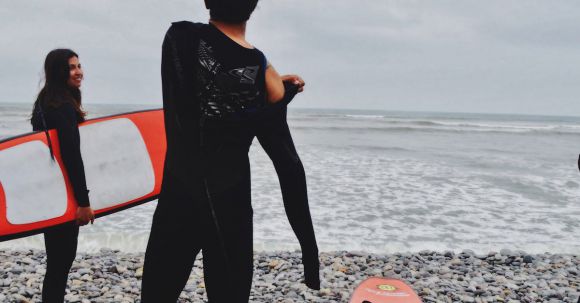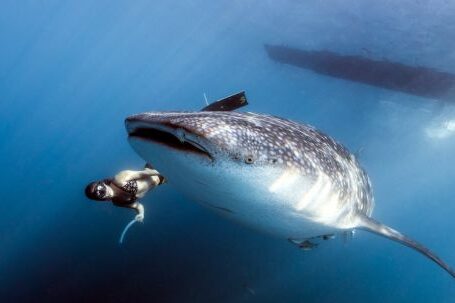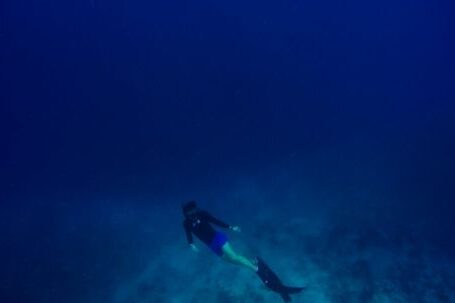When it comes to diving or any water-related activity, proper exposure protection is essential for staying warm, comfortable, and safe. Whether you are a beginner or an experienced diver, understanding the importance of investing in the right gear is crucial. In this article, we will explore the significance of proper exposure protection and how it can enhance your underwater experience.
The Role of Exposure Protection
Exposure protection refers to the gear that divers wear to regulate their body temperature while submerged in water. It includes wetsuits, drysuits, hoods, gloves, and booties. These items are designed to provide insulation and prevent heat loss, ensuring that divers stay warm even in cold water environments. Exposure protection not only helps to regulate body temperature but also protects against potential hazards such as hypothermia and burns from jellyfish stings.
Choosing the Right Wetsuit
A wetsuit is a common type of exposure protection used by divers. It is made from neoprene, a synthetic rubber that provides excellent insulation. When choosing a wetsuit, it is important to consider the thickness of the material. Thicker wetsuits are suitable for colder water temperatures, while thinner ones are ideal for warmer conditions. Additionally, a well-fitted wetsuit will prevent water from entering and help maintain body heat.
Exploring Drysuits
Drysuits are an alternative to wetsuits and are particularly useful for diving in extremely cold water. Unlike wetsuits, drysuits are designed to keep the diver dry by creating a seal between the body and the water. They are typically made from a waterproof material such as latex or neoprene and require the use of thermal undergarments for insulation. Drysuits provide excellent protection against cold water and are a popular choice for divers in colder climates.
The Importance of Hoods, Gloves, and Booties
While wetsuits and drysuits cover most of the body, divers should not neglect the extremities. Hoods, gloves, and booties are essential for preventing heat loss from the head, hands, and feet. These areas are particularly susceptible to cold temperatures and require additional insulation. Hoods help to retain body heat and protect the head from cold water, while gloves and booties provide insulation and prevent heat loss from the hands and feet.
Enhancing Comfort and Safety
Proper exposure protection not only keeps divers warm but also enhances their overall comfort and safety. Cold water can cause discomfort and decrease dexterity, making it more challenging to handle equipment or execute essential diving maneuvers. By investing in the right exposure protection, divers can focus on their underwater experience without the distraction of discomfort or cold-related hazards.
Conclusion: Stay Warm, Stay Safe
In conclusion, proper exposure protection is crucial for staying warm, comfortable, and safe underwater. Whether you choose a wetsuit or a drysuit, it is important to consider the water temperature and select the appropriate thickness. Don’t forget to invest in hoods, gloves, and booties to protect your extremities. By ensuring that you have the right exposure protection, you can enjoy your diving adventures to the fullest, regardless of the water conditions. Stay warm, stay safe!





